
Dry socket is a dental condition, and the medical term is alveolar osteitis. Dry socket is a tooth socket in which the blood clot either has broken down after the extraction of a tooth, or has never been formed, resulting thus in delayed and very painful healing. It is one of the most often complications that appear after the tooth removal, and, in the most cases, a dry socket appears one to three days after the removal of a tooth. You will know that you have a dry socket condition if a strong pain is present. Other symptoms of dry socket may include loss of any kind at the tooth extraction site, exposement of the bone in the socket, pain that moves from socket to the ear and the same side of the face where the socket is, stinky breath, bad taste in the mouth, and swollen lymph nodes in the area of jaw and neck.
Pain
It is perfectly normal to experience the pain after the tooth removal, but normally, as the time passes, the pain lessens. If a new type of pain appears or the pain is increasing, then it is time to visit a dentist, since he can diagnose the condition and treat it in a proper manner. In normal conditions, after the tooth removal, a blood clot appears at the place of removal. It is a type of a protection of the bone and nerve endings. But, there is a chance that a blood clot will not develop properly or that it will be dislodged, thus causing strong and sharp pain of the socket and the nerves. According to the researchers, a few issues may be the responsible for this problem, and one of the problems may be a development of bacteria in the socket. Other issues may be due to the difficult tooth removal, or if some part of a bone fragments have remained in the wound. The chances for appearing a dry socket after the tooth removal are 3-5%, but in the cases of the wisdom teeth and impact wisdom teeth, the chances are higher.
Treatment
Every dentist can easily establish if you have a dry socket by doing an X-ray of your mouth and by the examination of the blood clot. In very rare cases, an infection or some other problems are caused by a dry socket. The number one priority is to remove the pain, which can be done by applying cold packs on the face where the tooth has been removed and brush your teeth with warm salt. You must also take pain relievers that your dentist prescribes, and, if you are a smoker you must restrain from cigarettes. Your body also needs a lot of fluids in order to stay hydrated and prevent possible side effects from the pills. The basic thing is to listen to the advices of your dentist, and to visit him regularly and even sooner if the pain increases or reappears.


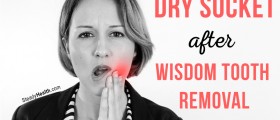
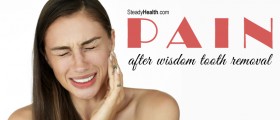
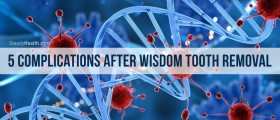
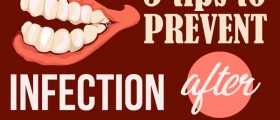
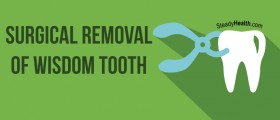


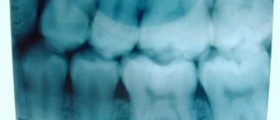



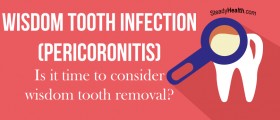

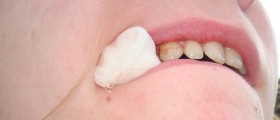
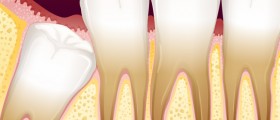
Your thoughts on this
Loading...